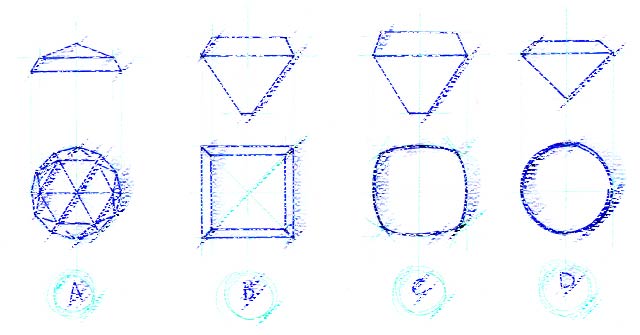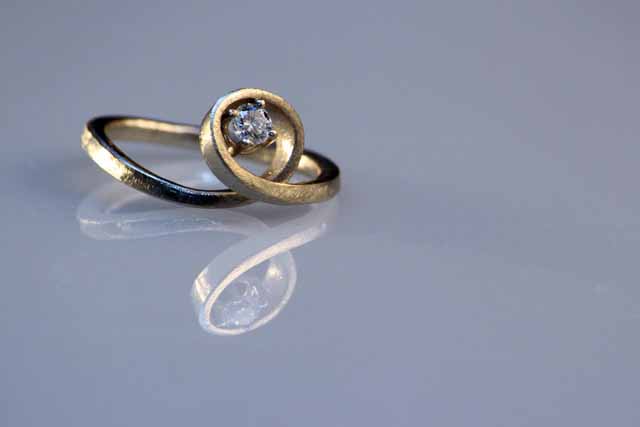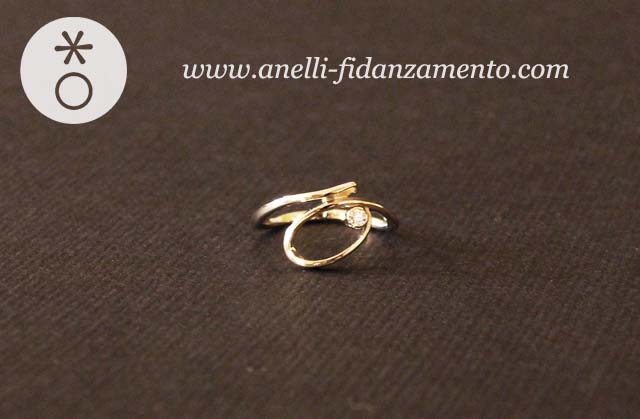evolution of the diamond cut – a historical perspective
Cutting is the process that modifies the rough shape of a stone, facilitates setting, and enhances its shine and colour.
What differentiates gemstones from simple, hard stones is their particular internal crystalline structure, which determines their type of growth. For centuries master carvers have studied and experimented to find the ideal cut based on each gemstone’s type of crystal lattice structure.
Over the last 300 years, faceting clear gemstones has evolved to perfection, ensuring greater internal reflection of light and enhanced appearance of the stone itself. Although in ancient times coloured stones were preferred, after the evolution of the faceted cut, diamonds gained increasing popularity, and today make up 80% of sales of precious stones worldwide!
In 1300 the most common diamond cut was the “rosette” cut (A), which is rarely used today, and known as the “Holland rose” or “Rose cross”.
In the mid-1400s the cut was done with a flat surface on the upper level and then some edges of the rough diamond were bevelled (B).
In 1700 a new shape was discovered that could make a greater reflection and refraction of light inside the diamond, which is currently referred to as the “brilliant” cut. In this phase, the precious stone was still not round in shape as we see it today, but in the soft shape of a “cushion”(C), which made a point on the pavilion (vertex of the diamond) trunk. These ancient shapes, while a bit old-fashioned, are no longer available in contemporary diamond selection, and something to look for in precious, rare, and vintage diamonds.
In the 1900s the present shape came about in the “brilliant” cut (D), with the ideal shapes and proportions to maximize the brilliance we have come to know so well.
A precious stone with such a long history deserves to be worn on your finger every day for the rest of your life, as a symbol of a bond that is true and eternal.
Contact me and we’ll create a ring together that will be the beginning of the history of your new family.
Eva




